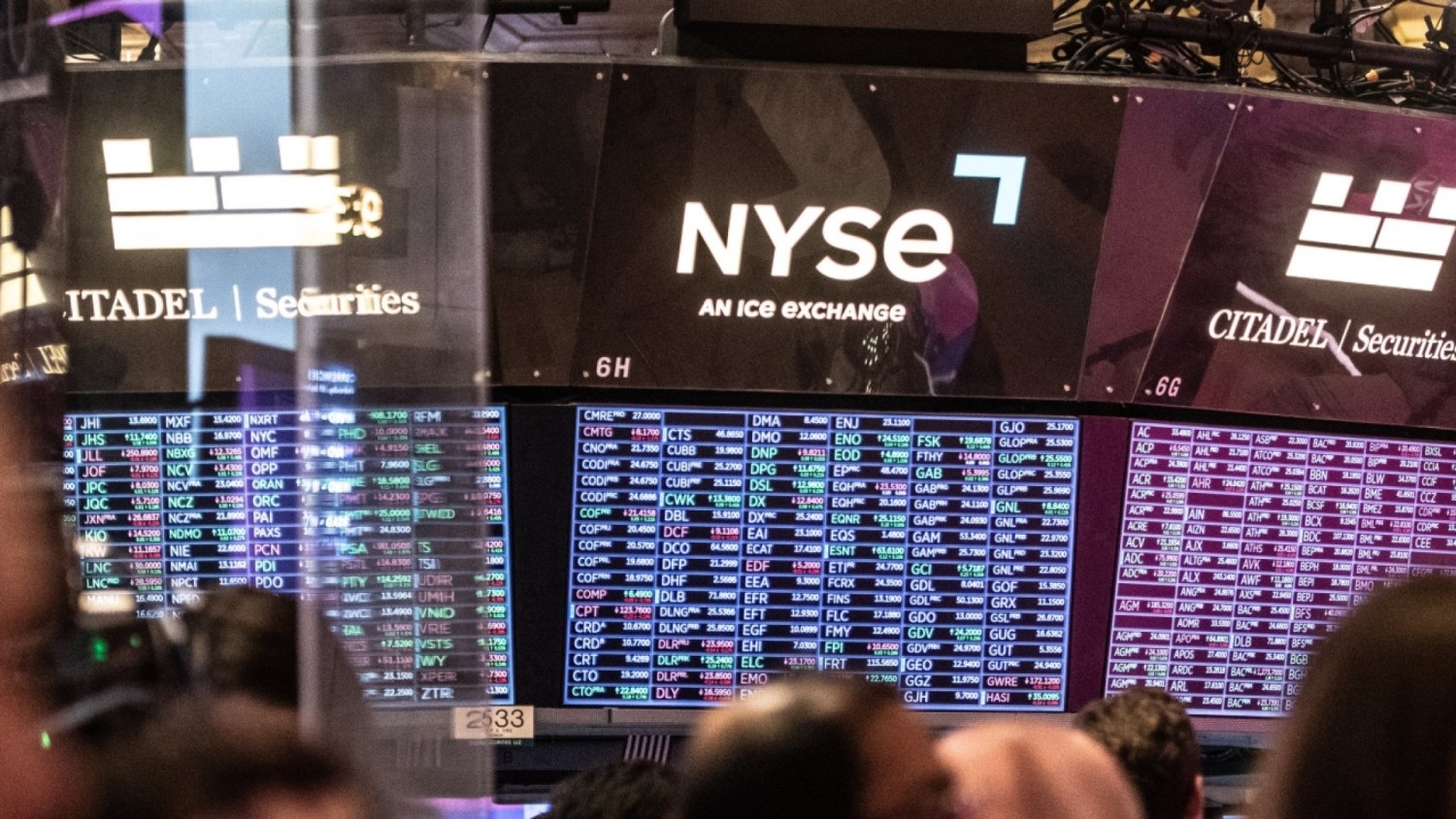
Federal Reserve Cuts Interest Rates for First Time in 4 Years
Fed kicks off easing cycle with a super-sized 50 basis-point interest rate cut.
The Federal Reserve has cut interest rates for the first time in four years after concluding its two-day policy meeting on Sept. 18. Monetary policymakers kicked off their first easing campaign since the onset of the coronavirus pandemic by lowering the benchmark federal funds rate by 50 basis points, to a range of 4.75–5.00 percent. Investors had widely expected that the central bank would start the new cycle in an aggressive manner. “The committee has gained greater confidence that inflation is moving sustainably toward 2 percent, and judges that the risks to achieving its employment and inflation goals are roughly in balance,” said the post-meeting statement from the Federal Open Market Committee (FOMC). “The committee would be prepared to adjust the stance of monetary policy as appropriate if risks emerge that could impede the attainment of the committee’s goals.” Meeting participants voted overwhelmingly by 11-1, with Gov. Michelle Bowman opting for a quarter-point reduction. As for the broader economy, the Fed stated that recent indicators suggest economic activity “continued to expand at a solid pace” and employment gains have slowed while the unemployment rate “remains low.” “Inflation has made further progress toward the committee’s 2 percent objective, but remains somewhat elevated,” the statement said. Short- and medium-term Treasury yields slipped, with the one-month yield tanking more than 8 basis points, to below 4.85 percent. The benchmark 10-year yield held steady, gaining 2 basis points, to above 3.66 percent. The U.S. Dollar Index (DXY), a gauge of the greenback against a basket of currencies, plummeted nearly 0.5 percent to below 100.5. Now that the central bank is embarking upon a new easing cycle, market watchers are looking ahead and debating whether the Fed will actually be aggressive or conservative. Torsten Slok, the chief economist at Apollo Wealth Management, thinks interest rates “will remain relatively higher for longer.” “If we assume the interest rate futures market is correct in pricing in at least four rate cuts in 2024—which we believe is overblown—short-term interest rates would by the end of 2024 be around 4.5 percent, a level that would still be the highest for overnight rates since 2007 (excluding the Fed’s current hiking cycle),” Slok said in a note. “Furthermore, if we take in the expectations for additional ~five rate cuts in 2025, rates will reach 3 percent by the end of next year, which is nearly double the average 1.8 percent rate over the past decade.” How fast or slow the Fed moves toward lower interest rates might depend on the U.S. labor market, says Claire Fan, an economist at RBC. “Going forward, further deterioration in employment conditions could trigger a more aggressive cutting cycle from the Fed than the one we’re currently expecting,” she wrote in a note. Officials initially dismissed inflationary pressures, calling them “transitory.” However, after it was revealed that inflation was proving to be a significant challenge for the U.S. economy, the central bank started tightening monetary policy in March 2022. The Fed kicked off the cycle with a quarter-point increase to the policy rate on March 17, 2022. Policymakers followed up with 10 more rate hikes, raising the benchmark rate to a range of 5.25–5.50 percent on July 26, 2023, the highest level in 23 years. Monetary authorities left interest rates alone for more than a year, affording the central bank the luxury of waiting to determine whether inflation would sustainably return to the Fed’s target rate of 2 percent. Recent trends—in inflation and the labor market—prompted Powell to deliver a speech that investors and economists had been waiting to hear. “The time has come for policy to adjust,” the central bank chief said in his keynote address at the Jackson Hole Economic Symposium. “The direction of travel is clear, and the timing and pace of rate cuts will depend on incoming data, the evolving outlook, and the balance of risks.” Looking ahead, the Fed has made clear that it will concentrate more on the labor side of the institution’s dual mandate of price stability and maximum employment. Powell and his colleagues have acknowledged that the labor market has become more balanced. “We do not seek or welcome further cooling in labor market conditions,” Powell stated.



0 Comments